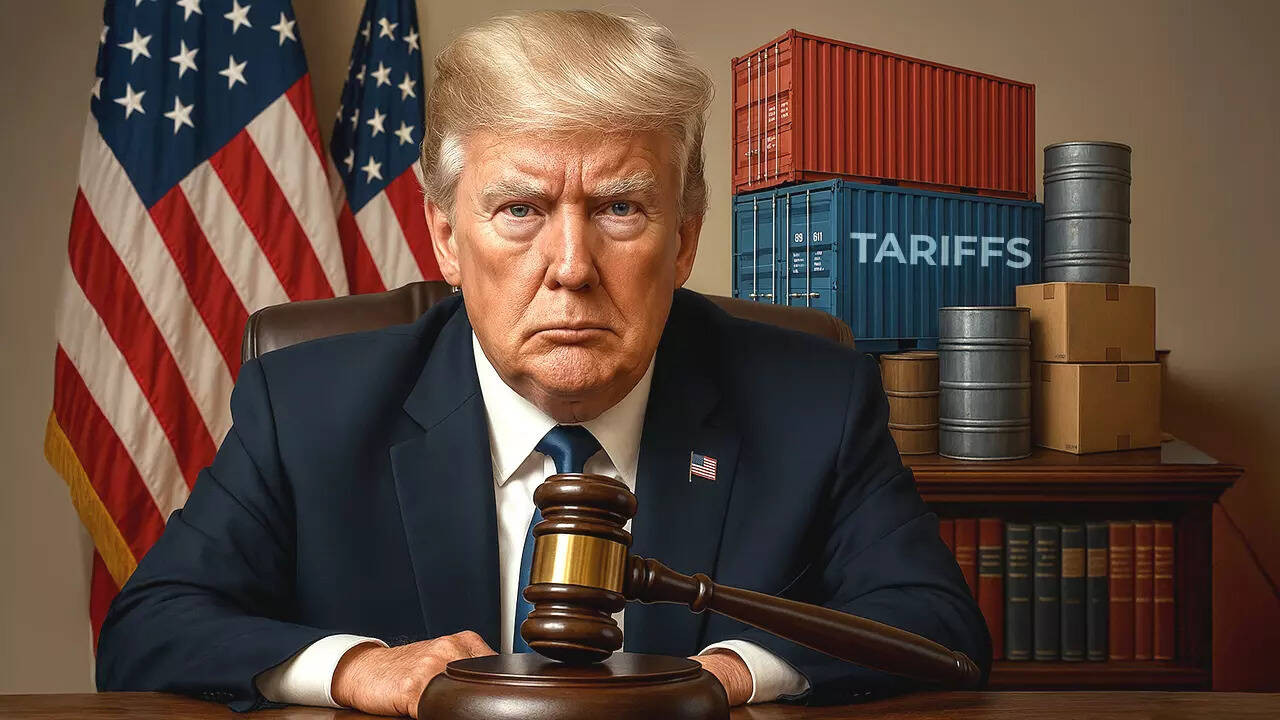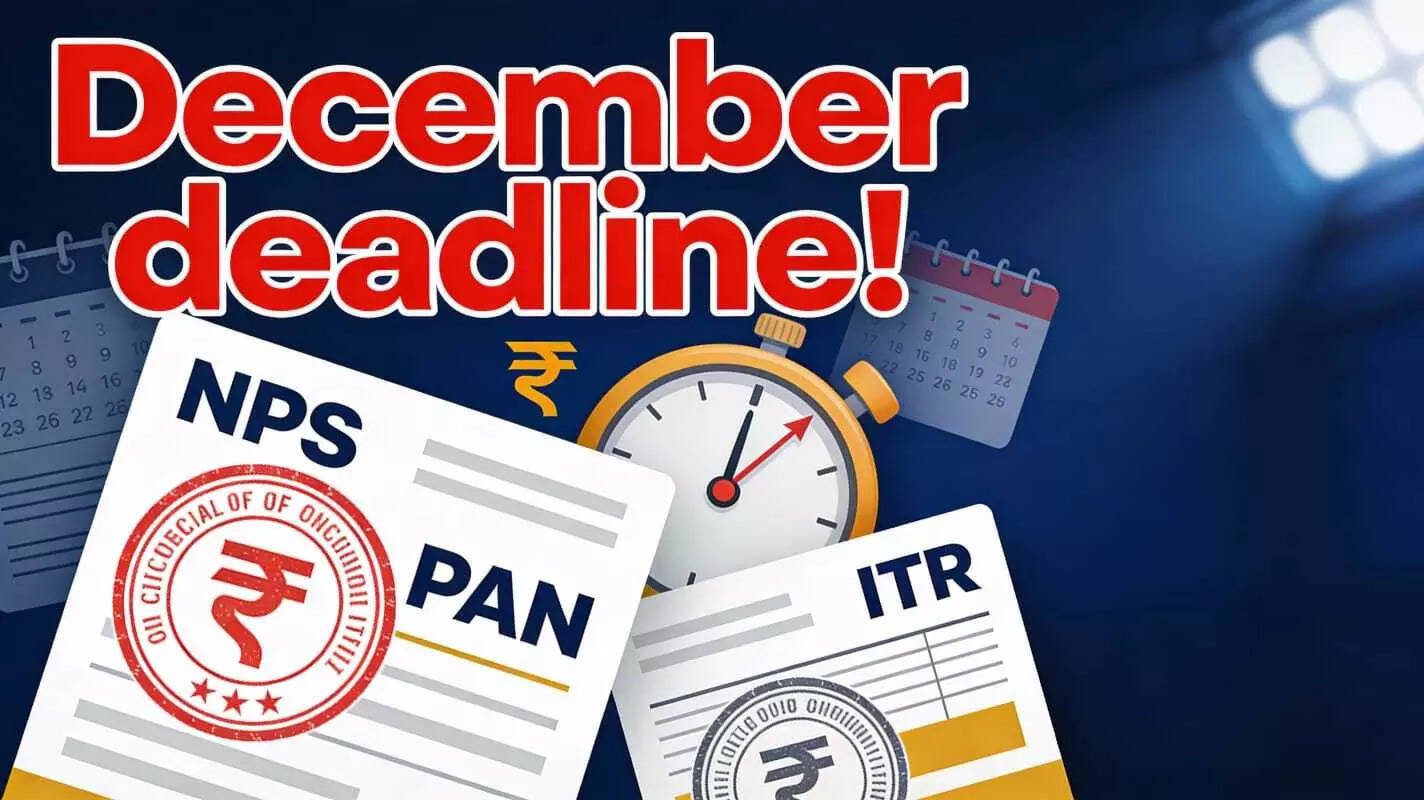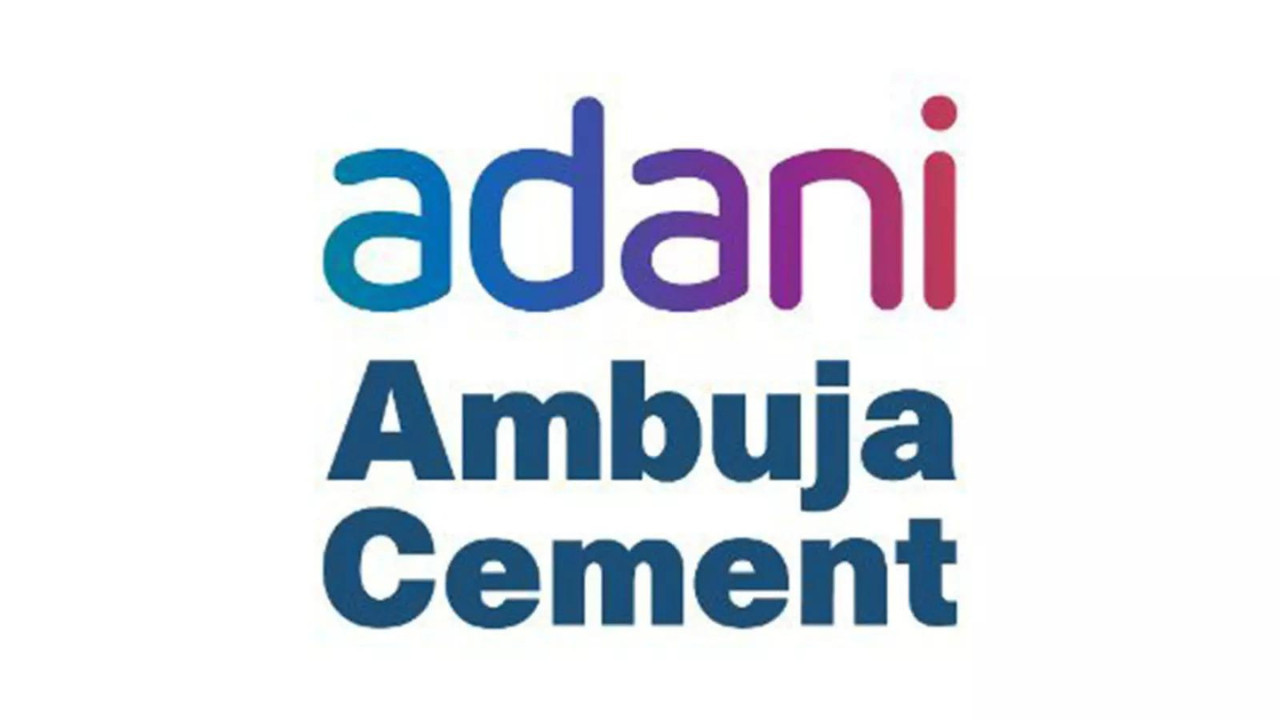US President Trump stated that America is in trade talks with India. He sees BRICS as potentially anti-dollar. He mentioned India’s willingness to substantially cut tariffs.
Navigating the Tariff Tango: India-US Trade Relations in the Spotlight
The air crackles with anticipation. The week is ticking down, and the question hangs heavy: what will be the fallout from the United States’ recent decision to impose a 25% tariff on certain goods from India? The answer, we’re told, will arrive before the weekend. But the story, as always, is far more nuanced than a simple deadline.
It all started with a familiar figure: Donald Trump, then at the helm of US trade policy. His administration justified the initial tariff hikes, citing what they considered unfair trade practices and a lack of reciprocal market access. This move, impacting sectors from steel to agricultural products, sent ripples through the Indian economy and kicked off a period of intense diplomatic activity.
Now, years later, the tariffs remain a lingering point of contention. While diplomatic channels are open, and talks are ongoing, the stakes are undeniably high. Both nations have a vested interest in resolving the issue, but finding common ground is proving to be a complex dance. The US seeks fairer trade terms, while India champions its own economic development and the need to protect domestic industries.

BRICS and the Shifting Sands of Global Alliances
Adding another layer to this intricate situation is the evolving landscape of global alliances. Trump explicitly mentioned BRICS – the bloc comprising Brazil, Russia, India, China, and South Africa – as a factor influencing his decision. He described the group as “anti-US,” hinting at concerns about its growing economic and political clout as a counterweight to Western influence.
This perspective underscores the broader geopolitical context of the trade dispute. The US is carefully monitoring the relationships India cultivates with other nations, particularly those viewed as strategic rivals. India, meanwhile, is navigating a complex web of international partnerships, seeking to balance its relationships with both the East and the West. This multi-alignment strategy, crucial for a rising power, means it can’t fully side with one bloc and must work to maintain its relationships with all major players.
The Impact on Indian Businesses
For Indian businesses, particularly those exporting goods to the US, the tariff hike presents a significant challenge. A 25% tariff can erode profit margins, making it harder to compete with domestic producers in the US market. Sectors reliant on exports, such as certain manufacturing and agricultural segments, are feeling the pinch.
While the Indian government has implemented measures to mitigate the impact, such as providing subsidies and exploring alternative export markets, the tariffs have undoubtedly created headwinds. The long-term implications remain to be seen, but the need for diversification and a focus on value-added products is becoming increasingly apparent. Could this situation push Indian businesses to innovate and become more competitive on a global scale?
Looking Ahead: What’s Next for US-India Trade?
The immediate focus is on the outcome of the ongoing negotiations. Both sides have expressed a willingness to find a resolution, but significant differences remain. The US is likely to press for greater market access and a level playing field for its companies, while India will emphasize its developmental needs and the importance of protecting its domestic industries. For more on Indian economic policy, see this piece on [recent regulatory changes](internal-link-to-relevant-article).
Ultimately, the future of US-India trade hinges on the ability of both nations to bridge these divides and forge a mutually beneficial agreement. The outcome will not only impact bilateral trade flows but also shape the broader geopolitical landscape. So, as the clock ticks down, all eyes are on the negotiating table, waiting to see how this intricate tango will conclude. Will they find a harmonious rhythm, or will the discordant notes continue to echo?
The unfolding US-India tariff situation is more than just a trade dispute; it’s a reflection of shifting global power dynamics and the challenges of navigating an increasingly interconnected world. Resolving this issue demands strategic thinking, nuanced diplomacy, and a commitment to finding common ground – a test of leadership for both nations.







